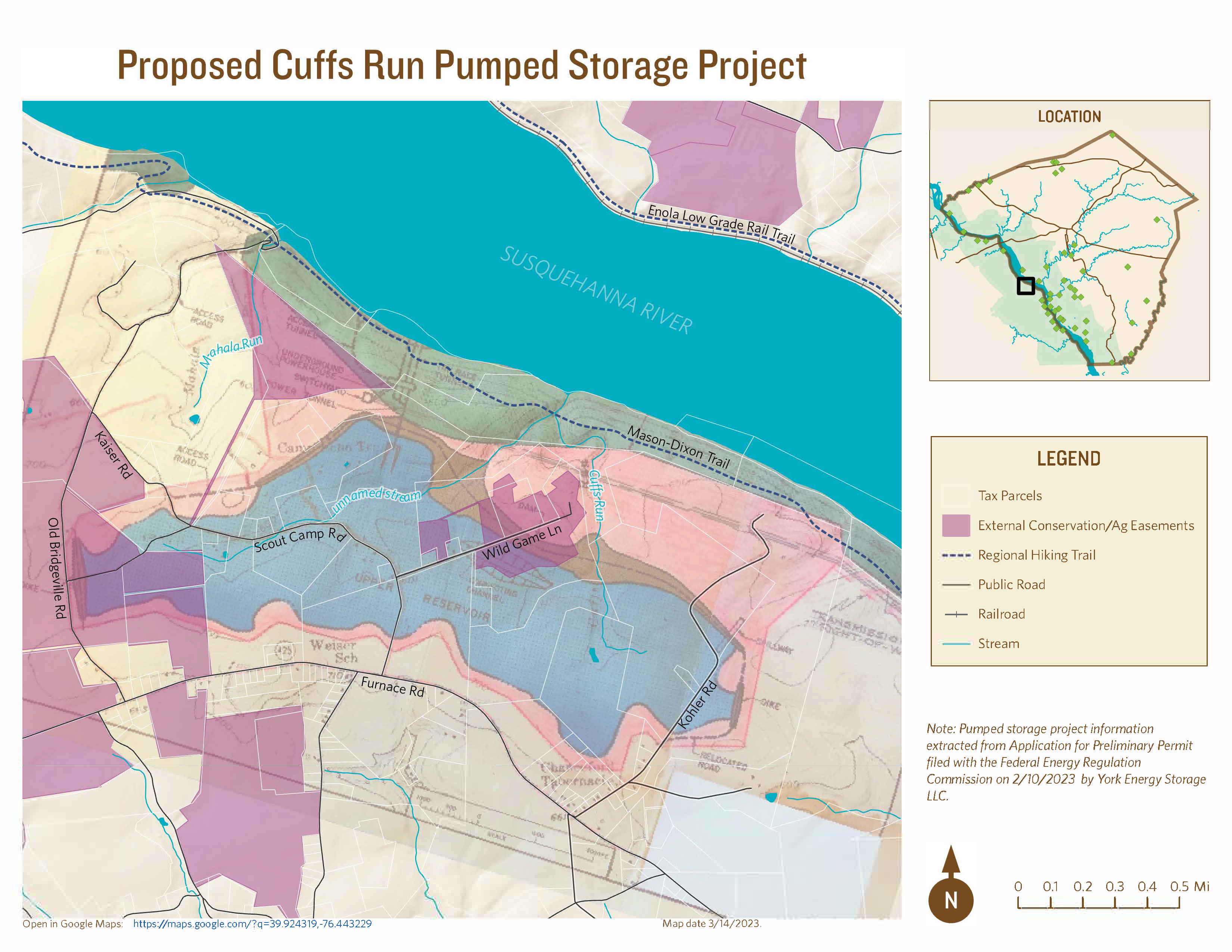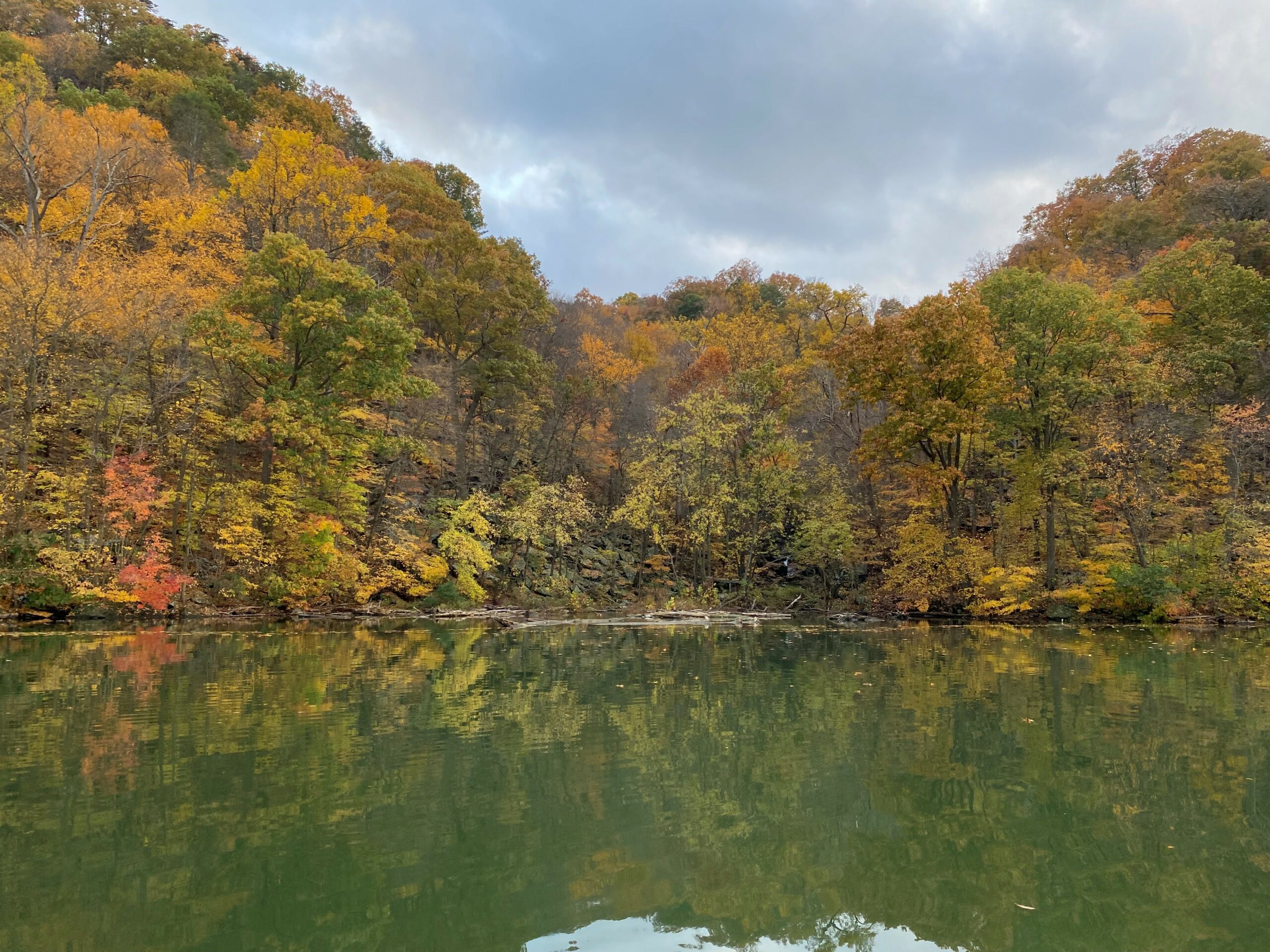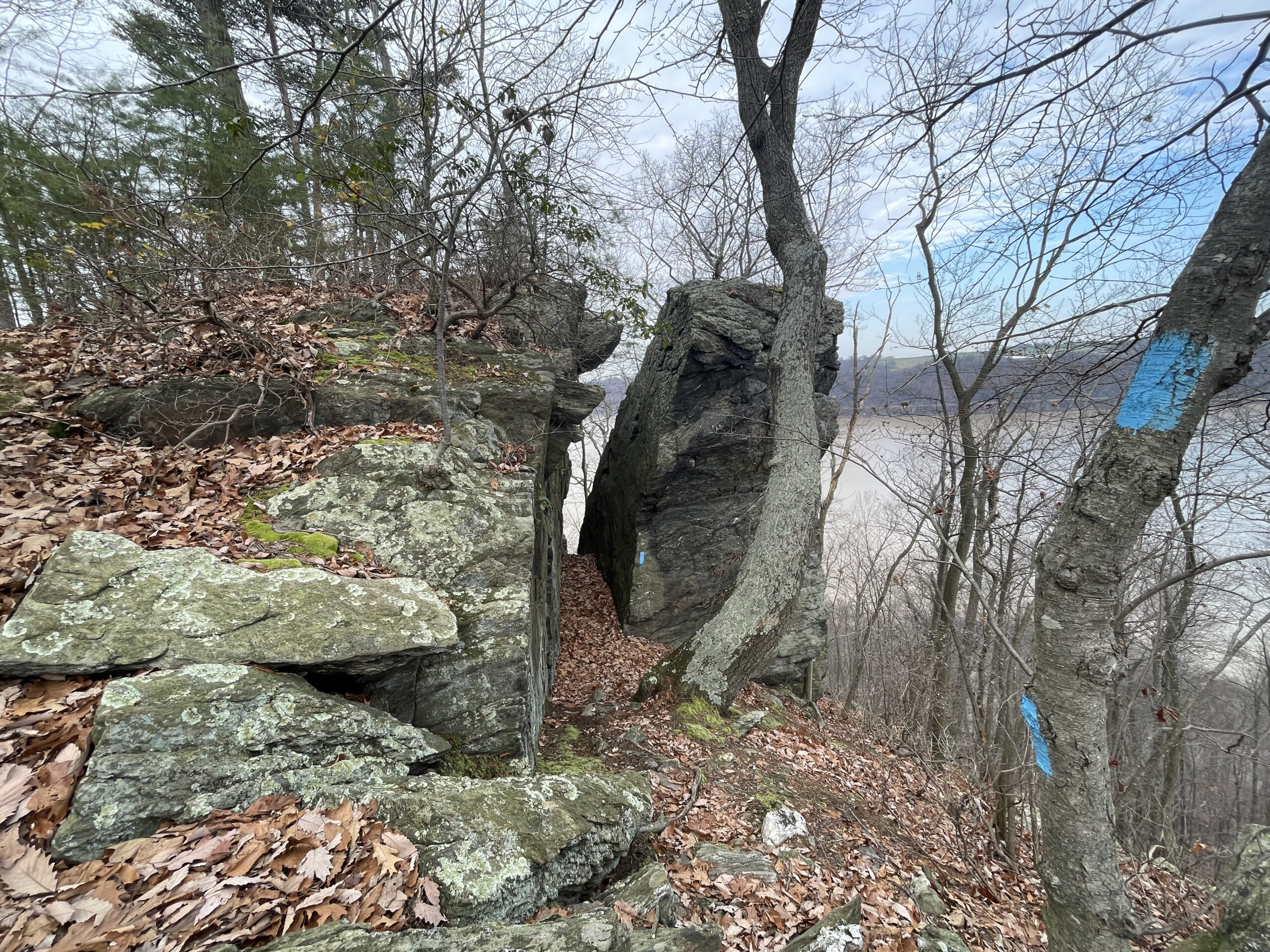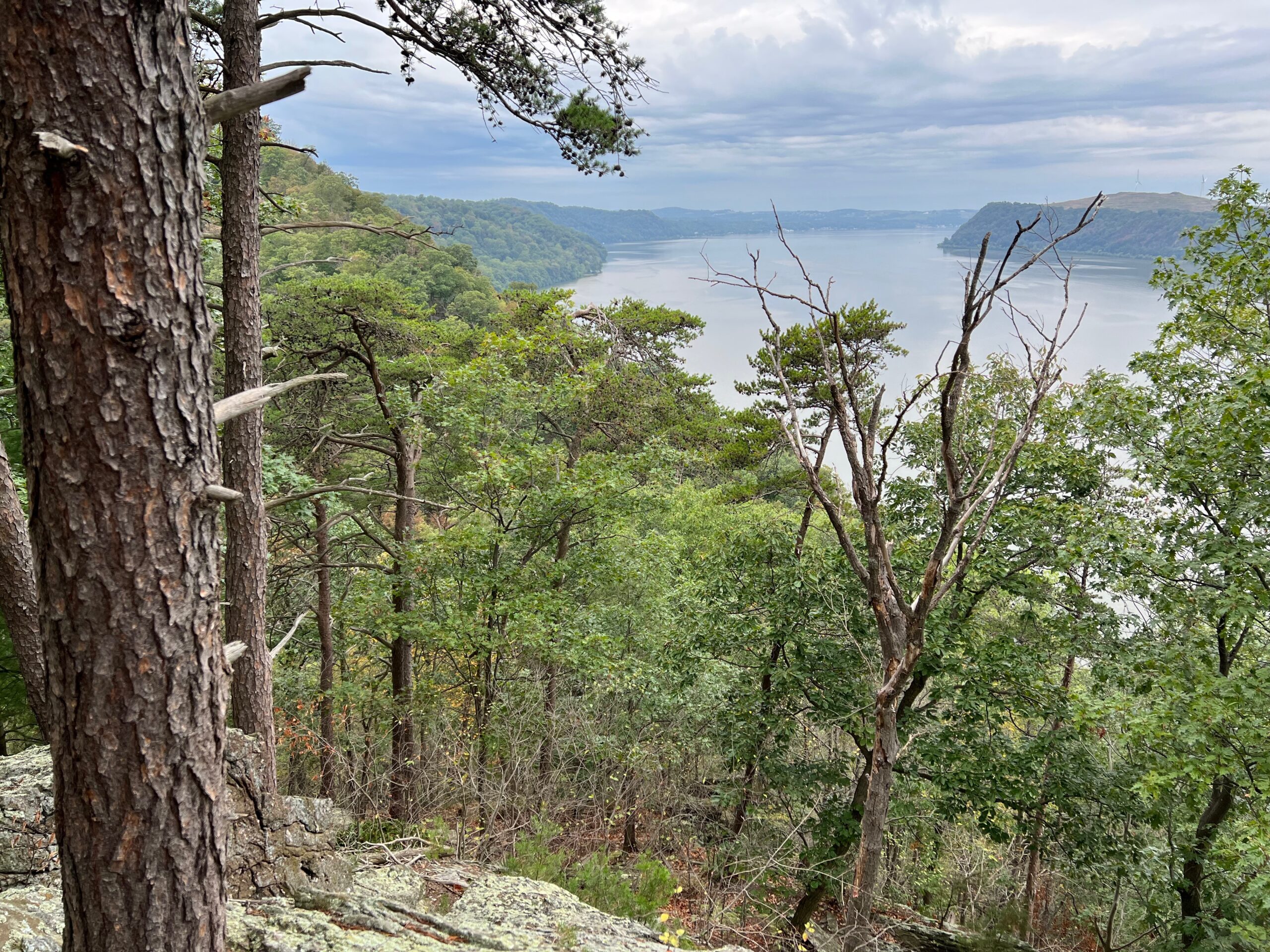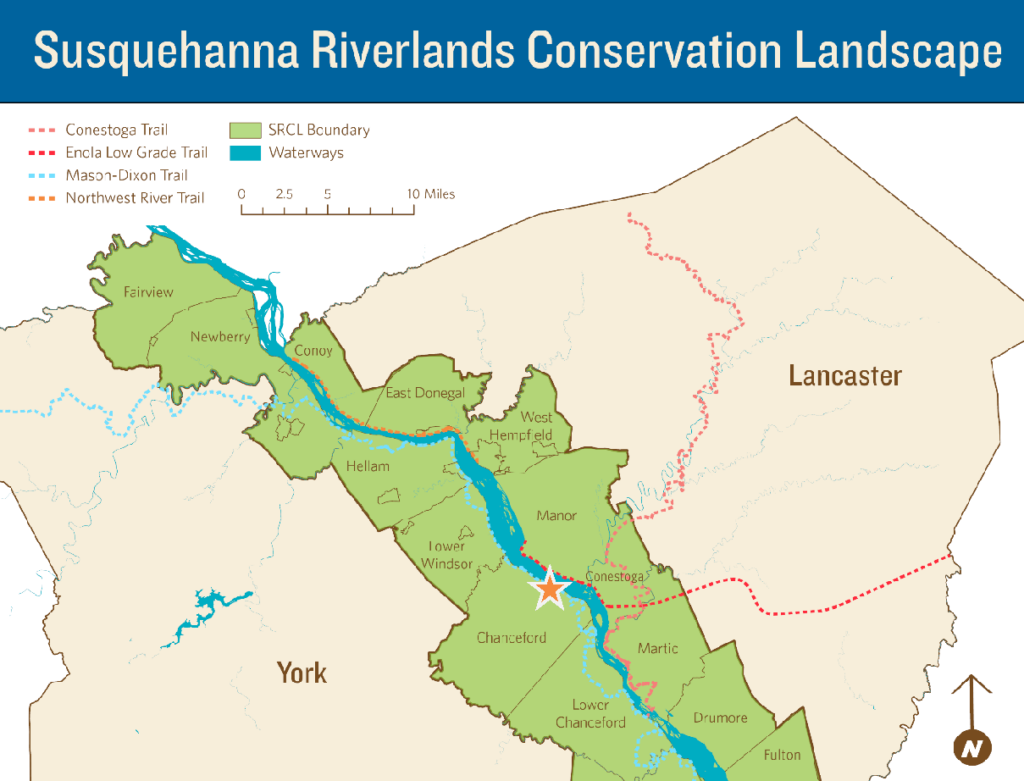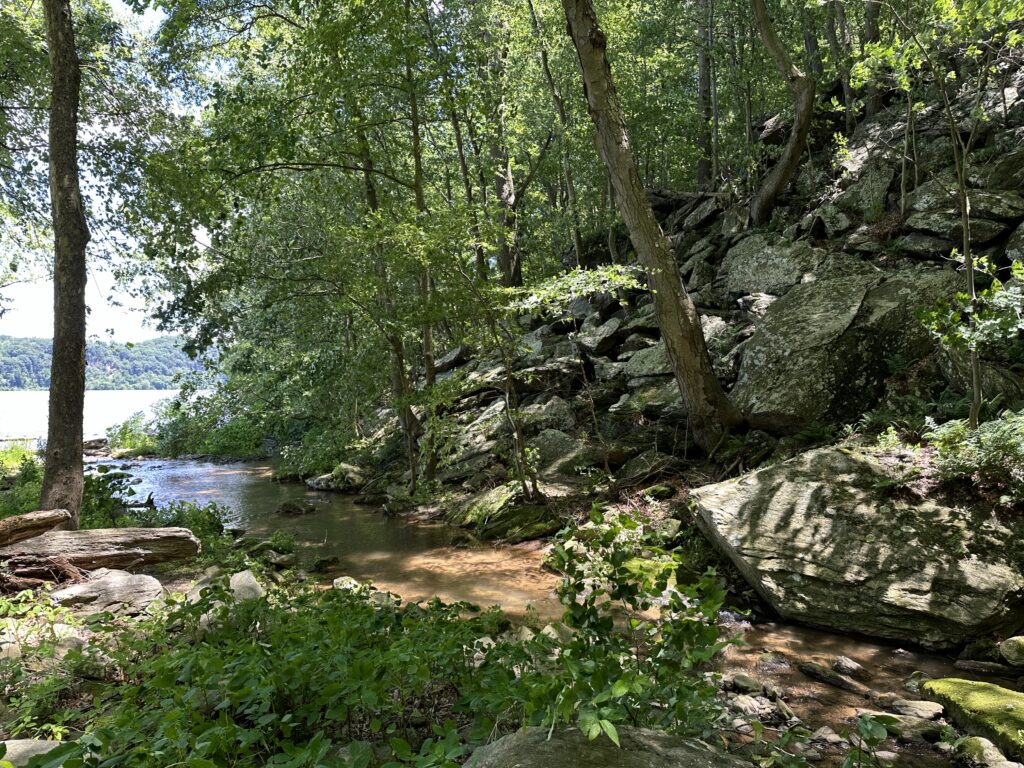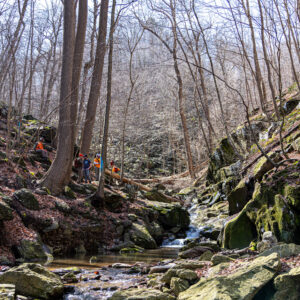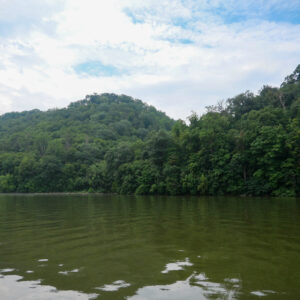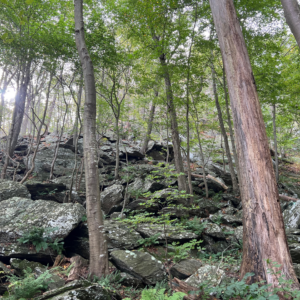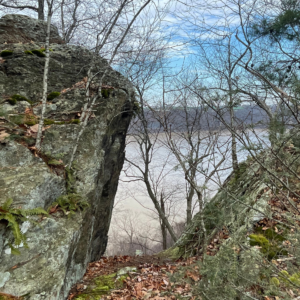WHAT IS THE PROPOSED PUMPED STORAGE PROJECT?
In 2023, York Energy Storage, LLC proposed construction of a 225-foot-high 1.8-mile dam and power turbine pumped storage facility, which would flood 580 acres of land along the Susquehanna River rich with natural, cultural, and recreational resources.
The facility, which would be located along the river in York County, would use electricity from the grid to fill a reservoir with water from the Susquehanna River when the cost of power is low, then release the water to generate energy during peak power usage periods when the price of energy is highest.
